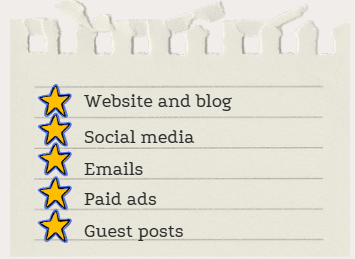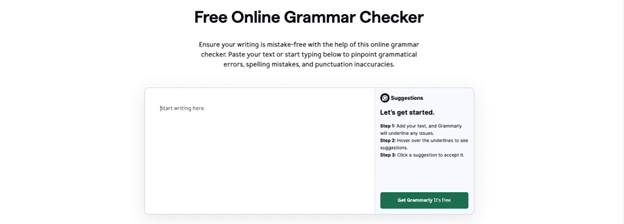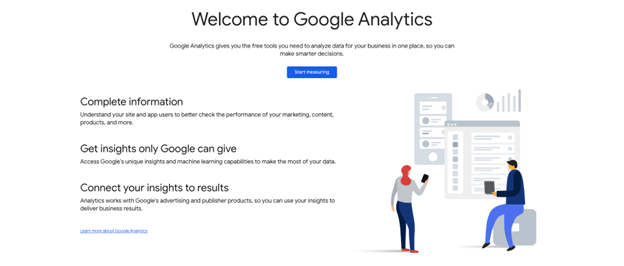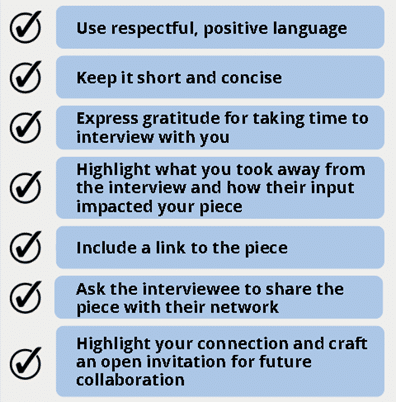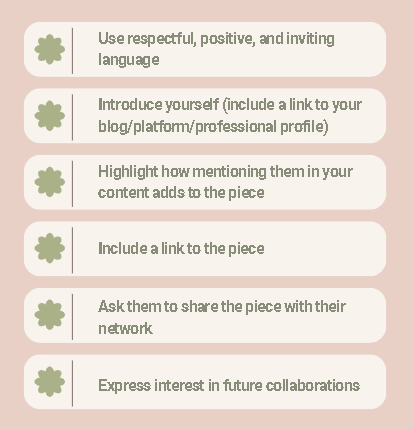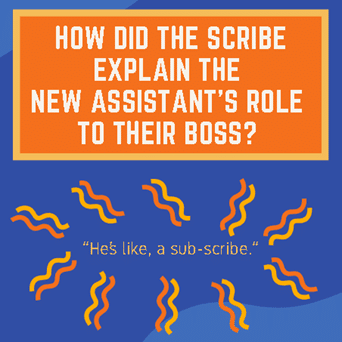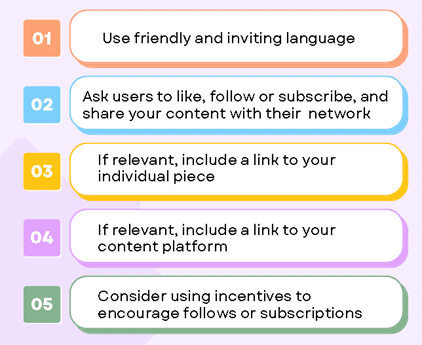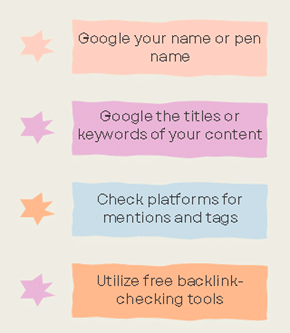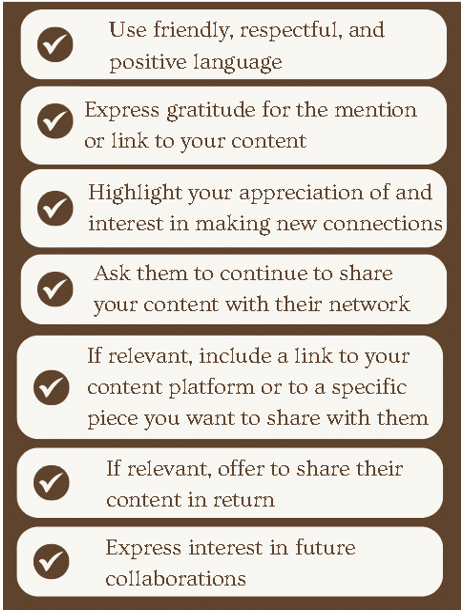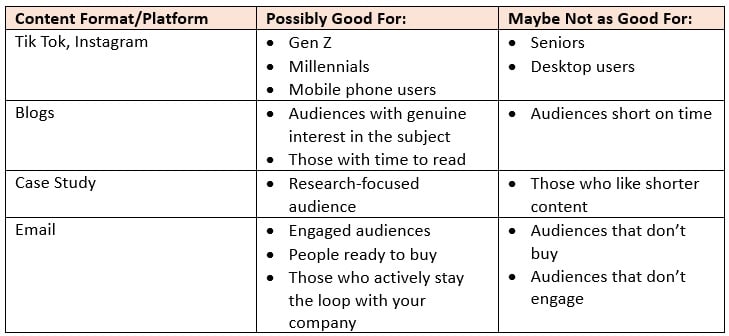If content is king, then we’re all out here living in its worldwide kingdom—and some of us want a taste of that royal life. But the king’s moat is deep, and every day it overflows with the latest content. So how does your content get past the moat and join the king’s court?
No, you don’t need chainmail or a sword. But you do have the right idea: using tools to help make your content more enticing and stand out from the rest of the content in the moat. And we know just the tools that will get your content across the drawbridge and draw in more readers.
Visual Content Tools
Have you ever opened up a book that you’re interested in reading and seen a bunch of long paragraphs in tiny print? Yeah, text like that makes us grimace, too—and can even have us put the book right back on the shelf without a second thought.

The same goes for online content. Say, you’re presented with two blogs that have the exact same textual content.
One presents a huge wall of text, almost like an essay or report. The other breaks up the text with aesthetically appealing visual elements.
Which one are you drawn to? (No pun intended. Well, maybe a little intended.)
Graphic Design
Canva
Even if you have no previous design experience, you can easily create your own graphic designs with Canva. From icons, charts, photo enhancements, and collages, to text to image generation with AI, Canva can help you create eye-catching designs that will capture users’ attention.
Canva offers three different plans, including a free one! But if you find yourself really getting into this tool, Canva offers a Pro plan for $119.99 annually. You can learn more about their pricing options here.
Piktochart
Piktochart is similar to Canva, although Piktochart targets more professional, formal use cases. Thus, Piktochart is a great option for writers creating more business-centered or educational content campaigns.
Piktochart also offers a free plan! But if you want to bump up your subscription, you can get the Pro plan for an annual fee of $168. You can find more information about Piktochart’s pricing here.
Video Creation
Animoto
Animoto is a popular, easy-to-use platform for making high-quality videos with considerable customizable features. You can add your own watermark to videos, resize your videos, add music, and even upload your own fonts.
Animoto offers a free plan that allows users to create an unlimited amount of videos! You can get more features with their Basic plan for $180 a year. You can find out which plan best fits your needs by reviewing their pricing page.
Lumen5
Lumen5 is also a popular video tool, but it differs from Animoto in one key area: Not only can you create and edit videos, but Lumen5 also uses AI to transform text into video using relevant stock footage.
Although Lumen5 does offer a free plan, the features are significantly limited. The Basic plan costs $228 a year. You can review their plans here.
Free Images
Who doesn’t love free stuff? Using free images is an easy way to break up your content without too much effort.
Forget those goofy stock images. Tools like Unsplash and Pexels offer a massive range of beautiful photos that won’t cost you a penny. Just make sure that the images you use truly are copyright free.
Interactive Content Add-Ins
Just like kids who like to touch everything, we adults like to click on everything—especially interactive features. And since users love to interact, using these tools is a solid tactic for enticing and engaging with your readers.
Typeform
Typeform specializes in what you might expect: interactive forms.
You can use Typeform to create and add a quiz, survey, or even an order form right within your content. (And let’s be real, it’s hard to pass up an online quiz! Looking at you, Buzzfeed.)
Typeform offers a limited free plan, but you might find that the Basic plan for $300 per year suits you better.

You can learn more about their plans and pricing here.
Dot.vu
Dot.vu is similar to Typeform, but this platform offers a broader range of interactive add-ins. You can make interactive calculators, flipbooks, virtual tours, lookbooks, contests, and even games.
Dot.vu offers a free plan as well as four additional plan tiers. However, three of these tiers also include further subscription levels. We suggest reading more about the pricing options here due to the extensive array of plan options.
Storytelling, Writing, and Content Enhancement
All of the tools for writers we’ve mentioned thus far share a common goal: They offer different ways you can break up your content.
And while these tools can help you draw readers in with graphics, photos, videos, and interactive features, it’s your content itself that makes readers stay on the page—and, you know, read.
Witty
Have you ever stopped reading something because the language felt biased or non-inclusive? Writing like that gives us the ick, but sometimes we don’t even realize we’re using problematic language.
Witty is like the Grammarly of inclusive writing, highlighting biased language while offering an explanation and inclusive alternatives.
Although you’ll have limited functionality, Witty’s free plan is a great deal for writers. You can also upgrade your subscription with Witty’s Teams plan, which will cost you $178.80 a year. Find out more about Witty’s plans here.
Cliché Finder
A simple tool, Cliché Finder does exactly what its name implies: It finds cliches and overused language in your text.

In other words, Cliché Finder doesn’t offer alternatives.
It only highlights what you could improve or replace.
However, this tool does encourage you to think outside the box and use more creative language.
You know what they say, the best things in life are free—and Cliché Finder is completely free!
Easy-Peasy AI
If content is king, then AI is the court jester. Meaning, AI can definitely, you know, do stuff, but we don’t always get it. Fellow writers, there’s no need to fret that AI is going to usurp the king. Instead, you might as well try to use this jester for your enjoyment.
Metaphors aside, we aren’t suggesting you use AI to write your content entirely. But we aren’t saying you shouldn’t use AI, either.
We like using Easy-Peasy AI to enhance our content campaigns. Play around with features like the Content Idea Generator, Clickbait Title Generator, Brainstorming Tool, and Catchy Tagline to get inspired and the ideas flowing.
Easy-Peasy.AI offers four different plans, and the first one is free! If the free plan is too limited, you can get more functionality for $59.88 a year with the Basic plan. You can explore the pricing options more here.
Join the Royal Content Court With The Writers For Hire
Are you ready to jazz up your content with some courtly flair and entice more readers? These tools for writers can help you set your content campaigns apart from the rest and might just be your key to the king’s castle.
But if you’re nervously looking around for a knight in shining armor to help you get across the teeming moat of content and earn a seat in the king’s court, look no further. Our team at The Writers For Hire are all certified in moat-crossing!
Okay, okay, we’re not certified sworders or moat-crossers, but we are an experienced team of professional writers. And we’re here to help you create content that will draw in your readers, drive traffic, and help boost your rankings.



